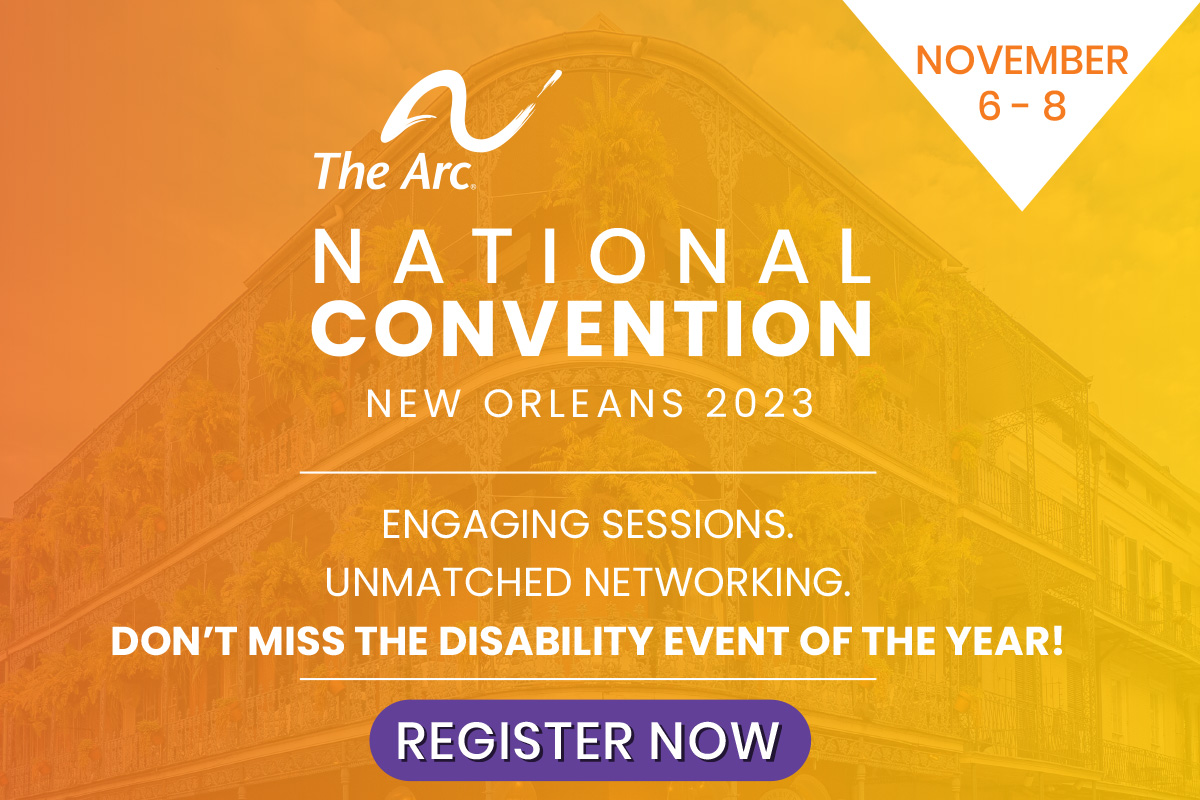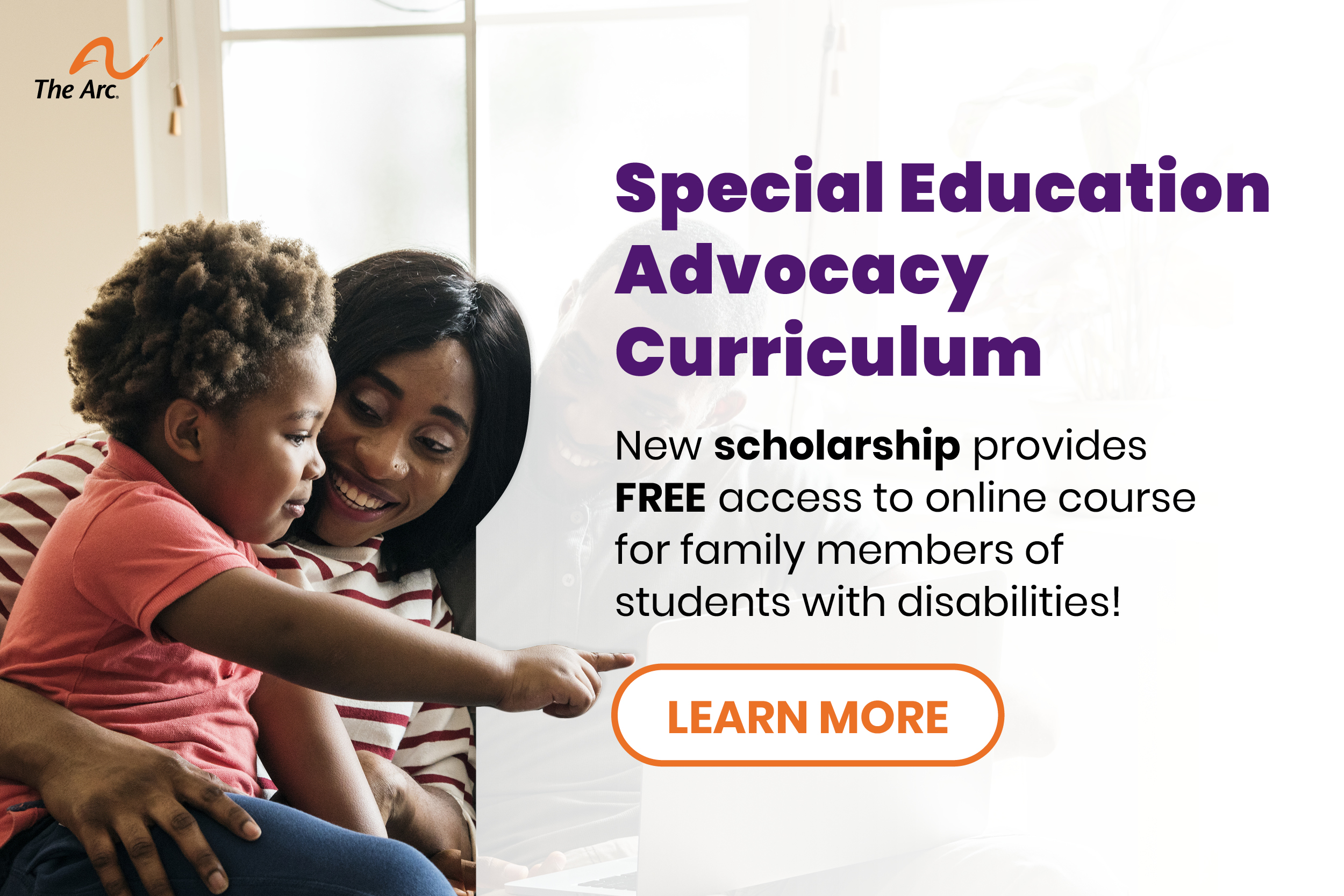Contents
- Advice on How to Build Friendships
- What makes someone a friend?
- What is the difference between a friend, an acquaintance and a stranger?
- Why is friendship important?
- How to meet new people
- How to introduce yourself
- What does it mean to really listen?
- What is body language?
- If you thought you might want to be someone’s friend, how could you let them know?
- What are some ways to keep a friendship going?
- How do you set boundaries with your friends?
- What are some early warning signs that you are involved in an unhealthy friendship?
- Where can I go for more information?
Advice on How to Build Friendships
Friendships are important for everyone, including those with autism spectrum disorder and other disabilities. Below is some great advice to help those with disabilities on how to develop and many friendships.
We’ve also included a list of great books and films.
What makes someone a friend?
- Trusting each other.
- Sharing interests.
- Willingness to help each other.
- Giving and receiving.
- A friend likes you for who you are, not what you have.
What is the difference between a friend, an acquaintance and a stranger?
- A stranger is someone you do not know.
- An acquaintance is someone you may speak to and see often. You may or may not know the person’s name, but you don’t know the person well.
- A friend is someone you spend time with, feel close to and trust.
Why is friendship important?
- You can build a wider connection to the community.
- You can have somebody to talk to besides your family.
- Friends make you feel good about yourself.
- It’s fun to do activities in the community with someone you like.
- You don’t feel lonely or isolated.
- Sometimes we think we don’t need friends, but everyone needs friends.
Where can you meet people to become friends with?
- Start conversations with new people at school or work.
- Spend more time talking to people you already know.
- Go to self-advocacy meetings, events and conferences.
- Join a sports team or league (bowling, softball, etc.) or sign up for individual sports (tennis, martial arts, etc.).
- Consider having a roommate.
- Throw a party with the people you already know and ask each person to bring a friend.
- Ask a friend to introduce you to some of their buddies. (This can be safer than connecting with a total stranger).
- Hang out with your family. You may end up meeting a sibling’s friend or neighbor.
- Sign up to take a class (music, art, computer, woodworking, etc.).
- Join a community group (choirs, hiking clubs, birding groups, etc.).
- Explore volunteer opportunities which may lead to new friendships and a sense of belonging to your within your town.
How to introduce yourself
This is an important skill to learn because making friends begins with making a good first impression.
- Look the person in the eyes.
- Say your name “hi my name is________.”
- Shake hands.
- Listen to their name.
- Tell something about yourself.
What does it mean to really listen?
Listening is a communication skill that is just as important as talking. Listening is the way you show the person talking that you hear them. Here is what you can do to show that you are listening:
- Try to face the person. Stand or sit up tall.
- Maintain eye contact. Look at the person, most of the time.
- Keep a comfortable distance. You might smell or feel the other person’s breath, if you are too close.
- Nod your head when you understand what the person is saying.
- Ask questions to make sure you understand what is being said.
What is body language?
People do not communicate with just words. Sometimes people use their bodies or facial expressions to say what they are really feeling or thinking. This is called body language.
- Use good facial expressions.
- Your face should match how you feel.
- Don’t laugh when you are upset. Don’t frown when you are happy.
- A relaxed, pleasant face is best when you are happy. A relaxed, serious face is best when you are upset.
The body never lies. If someone‘s words are not matching their facial expressions or body language, it might be a good idea to ask questions — this way, you‘re likely to understand what the person is trying to say. Think of this as listening with your ears, your eyes and your heart.
If you thought you might want to be someone’s friend, how could you let them know?
- Find out what they like to do and see if they want to do it.
- Start the conversation. Speak up; don’t wait for permission to say something.
- Avoid just talking about yourself. Ask what their interests are.
- Use good voice tone. To be heard, you should pay attention to the tone of your voice (happy, whiny, upset), and how loud you are speaking (whisper to yell).
- It is important to speak clearly. If a person goes on and on, the listener loses interest.
What are some ways to keep a friendship going?
Communicating is important in a friendship because it keeps the relationship going. It’s one way to help you remain friends. Here are some other ways:
- Talk about important shared issues.
- Help each other out.
- Do fun things together (movie, go on a walk, out to eat).
- Ask what’s going on in their life.
- Share your concerns if something seems not okay.
- Keep in touch through email, phone, texting, and social networking.
Is someone you never met and only know through Facebook or other online places really your friend?
There is nothing like spending one-on-one time together with a friend. Texting and emailing is not the same as spending time with someone in person. Don’t forget that the internet is a public space. People aren’t always who they say they are. Never share personal information with someone you just met online!
How do you stick up for what you believe you need from your friends?
- The next time you find yourself wanting to be quiet and not say how you feel, don’t do it! Instead, speak up and say how you feel in a calm way. Tell the person right away. Don’t wait a week before you speak up.
- Be positive even when you disagree. Make statements that express your feelings without putting others down. Remember, you need to give the other person a chance to respond.
How do you set boundaries with your friends?
When standing up for yourself and your boundaries here are some things to remember:
DOs:
- Be assertive and firm.
- If your personal space is invaded: Take a step back, say what you need to say (not just what they want), and protect your privacy by not giving them personal information.
- Stay calm.
DON’Ts:
- Don’t stop communicating; don’t walk away or clam up.
- Don’t judge when someone might disagree with you.
- Don’t just give into other’s opinions; find a way to balance your say along with theirs.
What are some early warning signs that you are involved in an unhealthy friendship?
The person…
- Is very jealous of your friends.
- Tries to control your behavior or the way you think.
- Gets to know you too quickly.
- Blames other people for their problems. For example: “You make me mad.”
- Is easily insulted.
- Hurts animals or children.
- Calls you names and makes you feel bad.
- Has abused other people or animals in the past.
- Makes threats of being violent to get what they want.
- Breaks things on purpose.
Where can I go for more information?
The following are links to general information about friendship.
- BUILDING NEW WORLDS for Students with Disabilities in Transition from High School to Adult Life by Beth Mount and Connie Lyle O’Brien. This book describes the transition process that students with disabilities and their allies create to ensure that they will be active participants in family and community life upon graduation from high school.
- Friendship: It’s About Time presented by Marsha Forest and Jack Pearpoint. Produced by Vision TV, Exec. Prod: Rita Deverell, Prod: Sadia Zaman. A 27-minute video exploration of friendship: joys, heartaches and maintenance, featuring Marsha, Jack and Judith. This award-winning documentary shows Jack Pearpoint, Judith Snow and Marsha Forest talking about their history together – the ups and downs of building circles of support and friendship.
- Circles of Friends written by Robert Perske and illustrated by Martha Perske, this warm, sensitive collection of stories focuses on friendships between people with disabilities and people without them. They show how these circles cut across age groups, generations, and races, and how the hearts and world views of everyone can be enriched.
- Social Thinking, is a website featuring books and workshops to break down the abstract social world and offer strategies for building real communication and social skills.
- Reflections on Friendship by David and Faye Wetherow
- Making (and Keeping) Friends: A Model for Social Skills Instruction Contributed by: Dr. Scott Bellini, Associate Director from Indiana Institute on Disability and Community
- Social Skills for Teenagers with Developmental and Autism Spectrum Disorders: The PEERS Treatment Manual By Elizabeth A. Laugeson and Fred Frankel. The book describes individual treatment sessions and strategies for tackling issues such as developing conversational skills, choosing friends, using humor, get-togethers, teasing, bullying, gossiping, and handling disagreements. Each session chapter includes handouts, homework assignments, descriptions of what to expect (and how to handle challenges in delivering the intervention), and customized tips for both parents and therapists.This parent-assisted intervention for teens is based on a comprehensive, evidence-based, 14-week program at UCLA’s Semel Institute for Neuroscience and Human Behavior.



